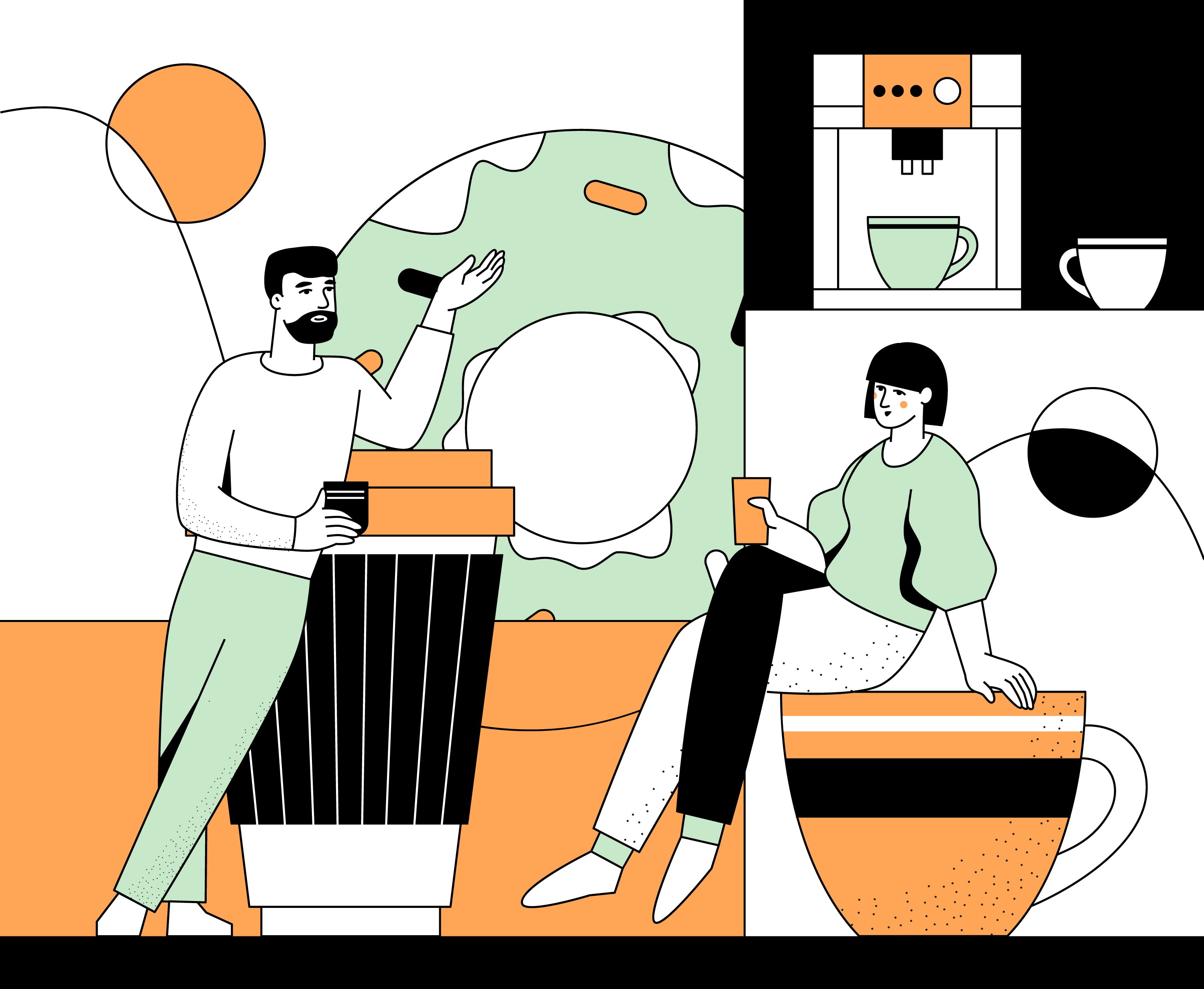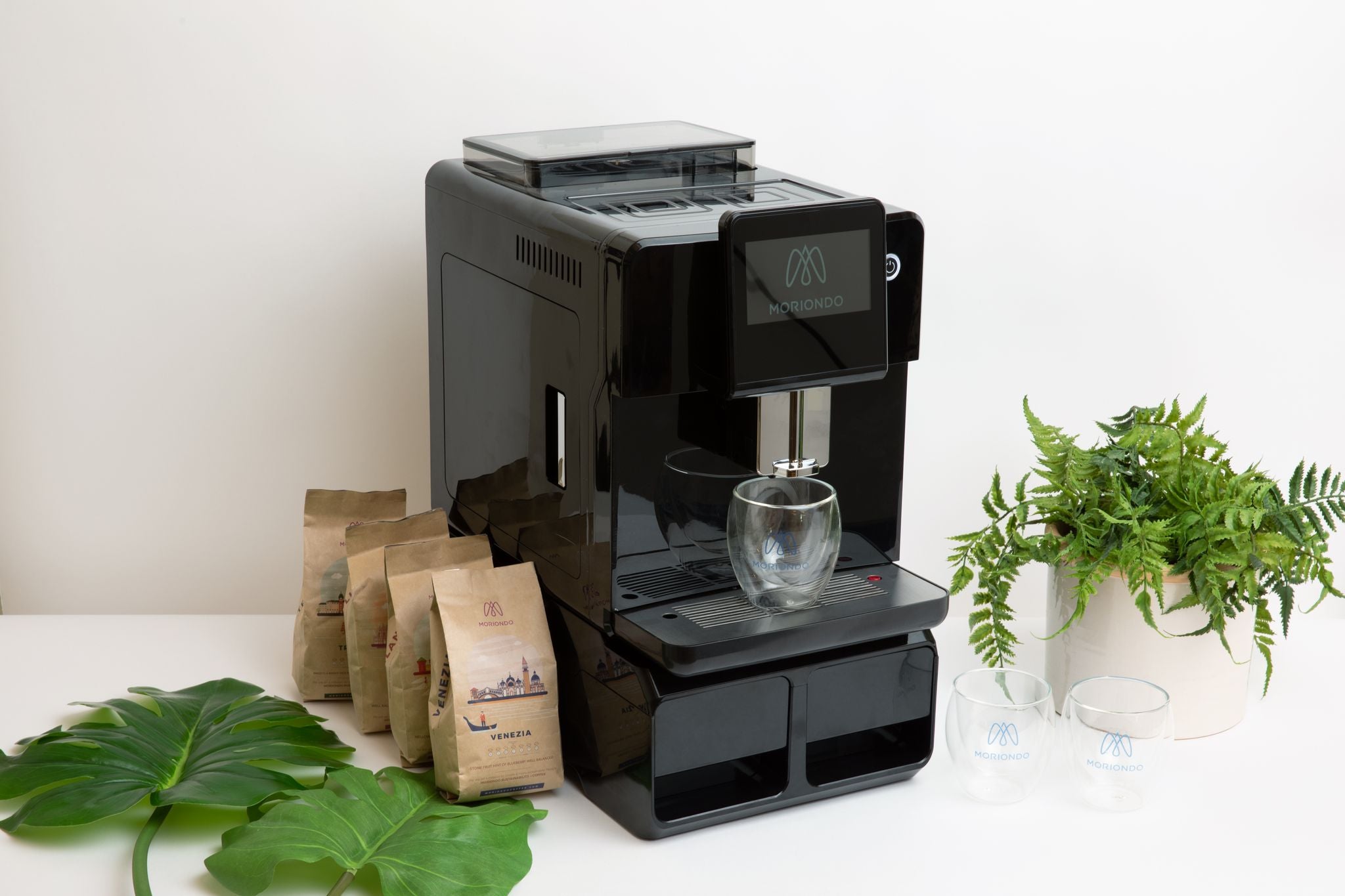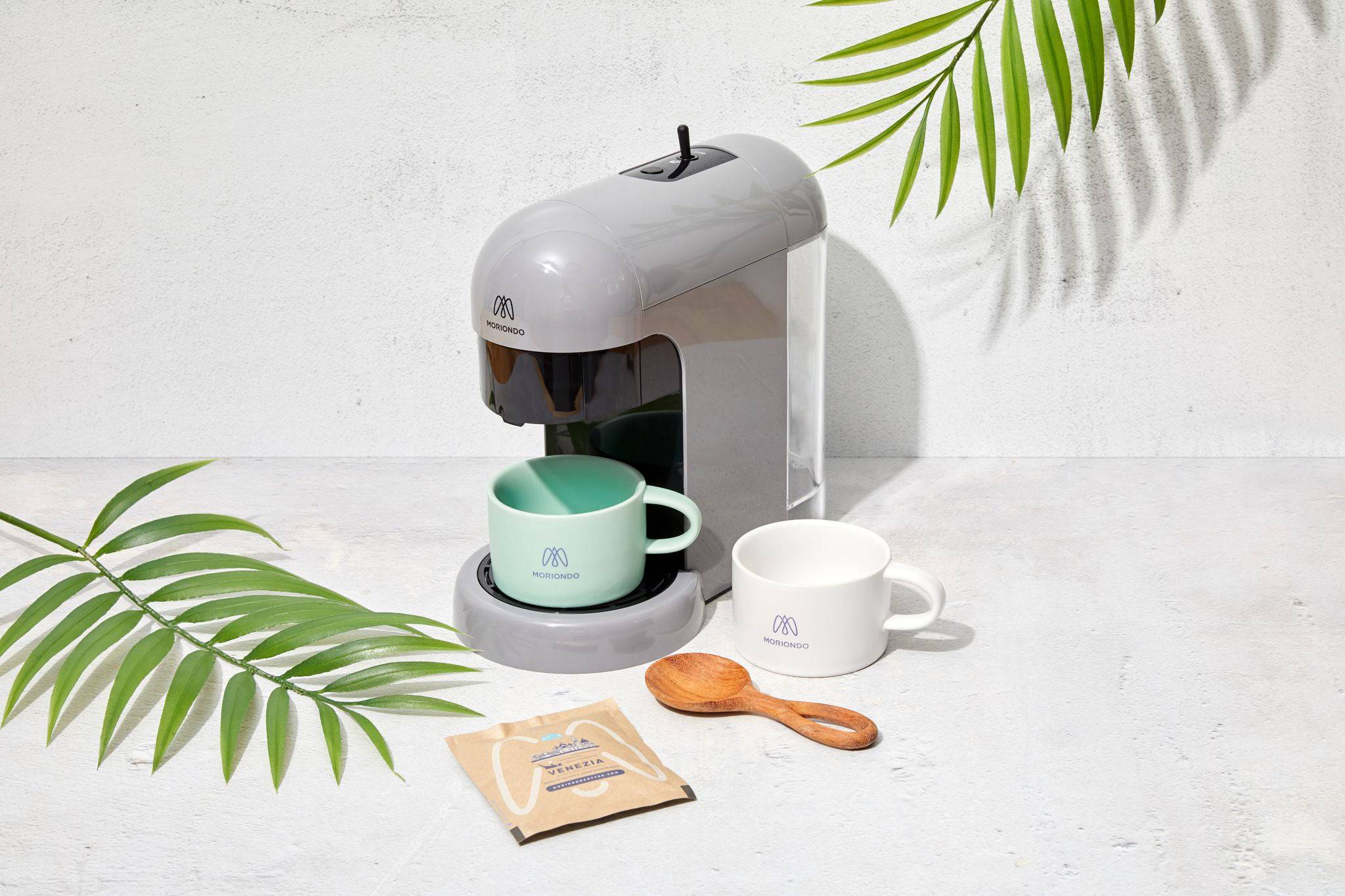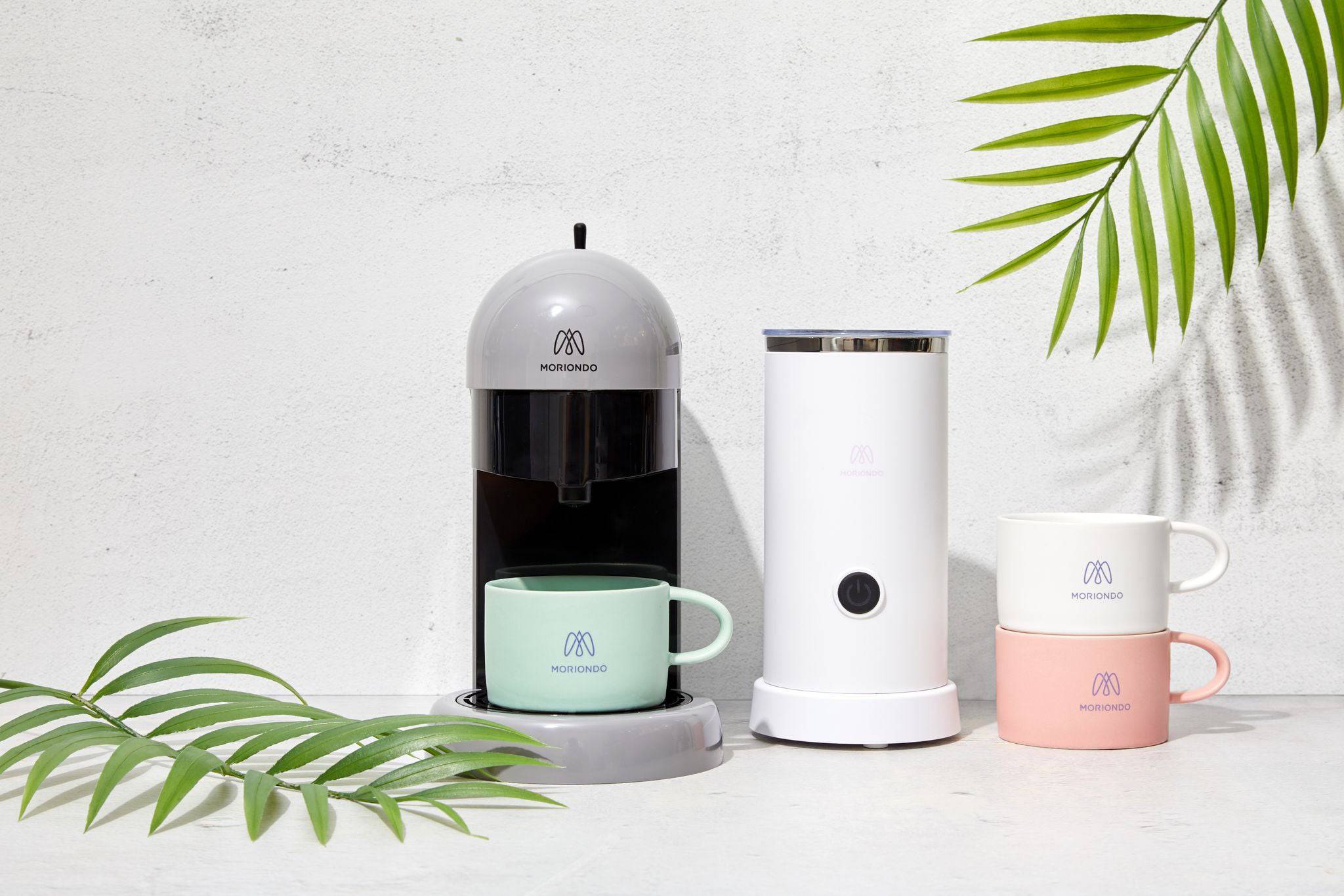The Art And Sustainability Of A Traditional Italian Coffee Experience
Drinking coffee in Italy is a unique experience. The common morning ritual for many Italians starts with a visit to the bar — the place where coffee is served.
Drinking coffee in Italy is a unique experience. The common morning ritual for many Italians starts with a visit to the bar — the place where coffee is served.
Drinking Coffee Like an Italian
The drink of choice is often un caffè — which is synonymous with espresso. Simple and strong, an espresso must be prepared fresh on order and will often be served with a small cup of cold water, to cleanse the palate, along with a small biscuit, like a biscotti.
A good quality espresso should have a golden crema that looks like the pattern of a tiger, that is thick enough to support a teaspoon of sugar for a few moments.
At the bar, the most common ritual is to stand at the counter to take a coffee while chatting with the barista.
The whole process is sometimes over in under 10 minutes. Italians may frequent the bar a few times throughout the day: in the morning, after lunch and sometimes for an afternoon caffeine boost.
However, one of the many unspoken rules in Italy is to avoid coffee with milk after lunchtime. This is because Italians consider it to be too heavy for the stomach. So what is the secret to a delicious coffee? In Italy they say the secret to a good coffee is attention to the 5 M’s:
Miscela — blend
Macchina — the coffee machine
Macinino — the grinder
Manutenzione — machine maintenance
Mano — the skill of the barista
These rules and rituals have taken many years to develop in Italy. In fact, it was 200 years after coffee was first introduced to Italy that the espresso machine was invented.
The motivation behind a quality coffee that was also served rapidly was perhaps driven by the shrewdness of 18th-century Italian businessmen that wanted to reduce the amount of time their workers spent on their morning coffee break.
Regardless of the reason, the art and tradition of coffee in Italy reflect an ethos of simplicity and sustainability as the cornerstone of a quality coffee. So where did it all start?
The History of Coffee in Italy
Coffee in Venice, Italy
For centuries, the Italian city of Venice was a vital trading port in the ancient world. Facing the Adriatic Sea, with its iconic canals, Venezia, in the local language, was built on hundreds of small islands. It was here that coffee was first introduced to Europe.
Merchants from the Ottoman empire brought coffee from Egypt to Venice around 1570. They sold it to wealthy Venetians, who paid a high price for the privilege of drinking this invigorating new beverage. It wasn’t long until coffee shops started popping up all over the city, where people could come together to enjoy coffee.
Established in 1720, Cafe Florian is the oldest coffee house in continuous operation in Italy. These days, when you wander the streets of Venice, you can smell the aroma of coffee on every corner. It is the smell of where the love affair between coffee and Italians began.
Today coffee is the world's second-most traded commodity after oil and the second most-consumed drink after water.
Coffee in Rome, Italy
Coffee quickly spread throughout the country and Rome was no exception. However, the arrival of coffee in Roma, as the locals call it, was not without some controversy.
Situated close to the Vatican, some Roman politicians had concerns about the coffee bean and petitioned to ban it.
However, legend has it, that Pope Clement VIII (1536–1605) was so impressed by the flavor of coffee that he refused requests to prohibit it.
With the Pope’s approval, coffee became unstoppable. Coffee houses started emerging that became the center of artistic and intellectual life in the 1700s. Rome was also the home of many torrefazioni, shops that roasted and ground coffee for off-site sale. Some of these roasting and grinding houses started adding bars to their workshops.
One of the most famous is the Bar Sant’Eustachio where you can still buy freshly roast coffee to take home or enjoy an espresso at the bar. As the capital of Italy, with a population of around 2.8 million — today the Roman espresso culture is dominated by a demand for a strong, hot coffee, that is made quickly. However, the rapid pace comes with an old twist, as it is highly likely that a coffee ordered in Rome is made with water from one of the many ancient aqueducts. What a treasure.
Coffee in Naples, Italy
Naples is the largest city in Southern Italy, with the majestic Mount Vesuvius in the background. The people and the coffee of Naples, or Napoli as it is locally known, are full of character, low in bitterness and generally sweet. Perhaps in part due to the unique mineral content in the local water supply, the city has a reputation for serving up some of the best coffee in Italy. However, some say that drinking coffee in Naples is like stepping back into the 1950s. Many baristas still wear army like hats and pull shots of espresso from coffee machines with giant baton-like levers. It seems the electronic coffee machine has not made its way to Naples, nor has the fashion changed. However, the tradition of Italian hospitality and kindness is still very much alive in Naples, a city thought to be the home of the caffè sospeso, which literally means ‘suspended coffee’.
Originating in the working-class cafés of Naples, ordering a sospeso meant paying the price of two coffees but receiving and consuming only one. Later, a person less fortunate, enquiring whether there was a sospeso available would be served a coffee for free. In coffee shops today you may see a container labeled ‘Sospeso’ where you can place your ticket of purchase of a sospeso coffee. Someone can take a ticket later and exchange it for a coffee. How sweet is that? Meanwhile, in the homes of the locals, a signature ‘up-side-down’ coffee pot, known as the Napoletana is still a common feature of family coffee drinking life and one of the best-kept traditions in the city. No coffee drinking experience in Naples is complete without it.
Whether in Venice, Rome or Naples, drinking a coffee in Italy is a unique experience infused with hundreds of years of tradition. Yet, at its core, coffee has maintained an art of simplicity.
The popularity of the espresso highlights the natural tendency of Italians to prefer simple, quality and sustainable coffee practices. It is with this tradition of Italian coffee drinking in mind that Moriondo has created a sustainable coffee system for the workplace that features the flavors of Venice, Rome, and Italy for you to enjoy.
So, what are you waiting for? Gustare un caffè!
Good Tasting Coffee: How to Identify Coffee Flavors

In order to appreciate the different types of coffee available, it's important to cultivate an awareness of its unique characteristics. Let's take a look at the way coffee connoisseurs judge different cups of coffee.
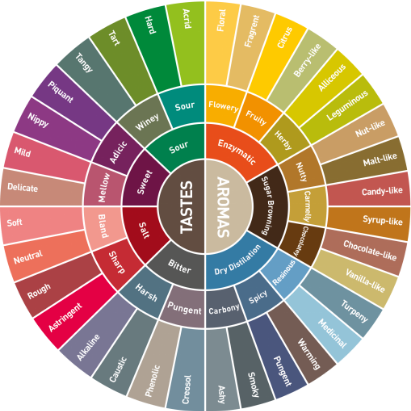
Aroma
The scent of a cup of coffee has a direct influence on how we perceive its flavor. As you drink coffee try to notice if the scent is smoky, fruity, earthy, spicy, nutty or grassy.
Acidity
One of the most defining characteristics of a cup of coffee is its acidity. This is the sharp, bright tangy quality of coffee that perks up our senses. Coffee doesn’t necessarily contain just one type of acid, either. It may contain citric acid, malic acid (fruity in flavor) or even quinic acid from stale coffee, which gives us stomach aches.
Body
This is the weight, thickness and texture of coffee in your mouth. The body of different types of coffee falls on a spectrum of light- to full-bodied viscosity (thin to thick).
Flavor
This is where comparisons come in handy and there is some overlap between aroma and flavor. Your coffee might taste bitter, sweet, savory or sour with common comparisons to chocolate, wine or fruit.
Related Posts


